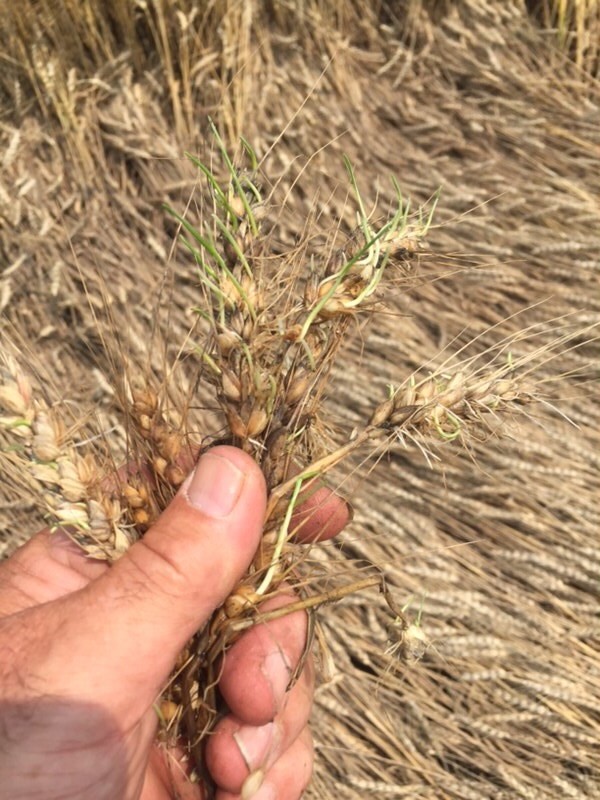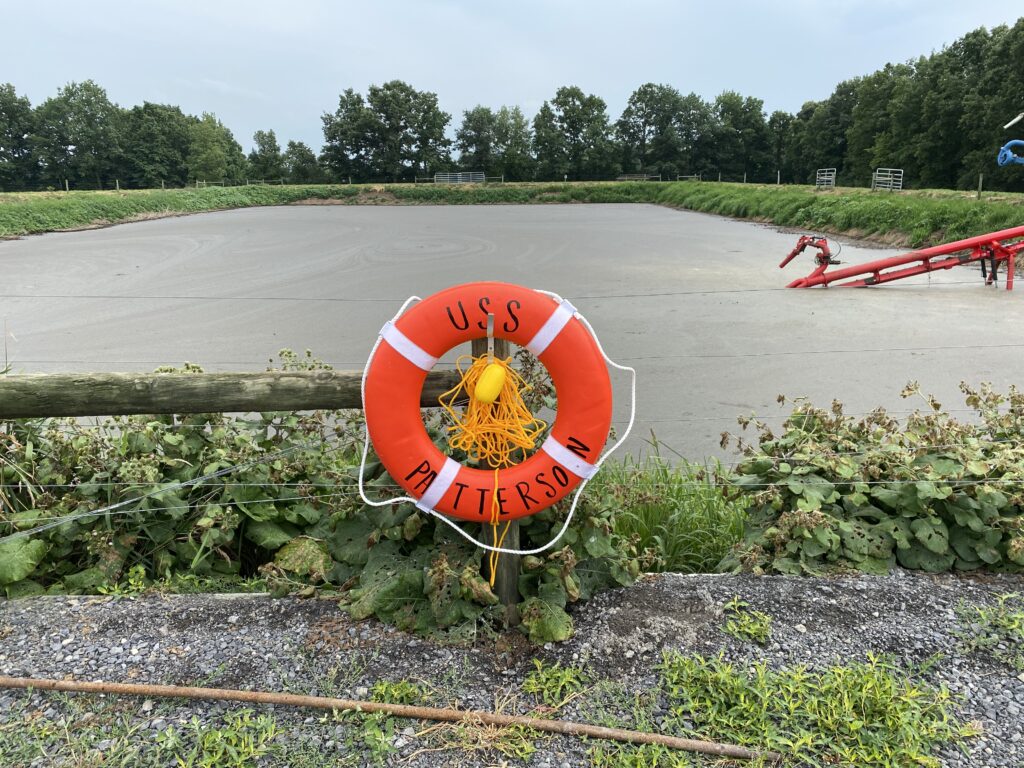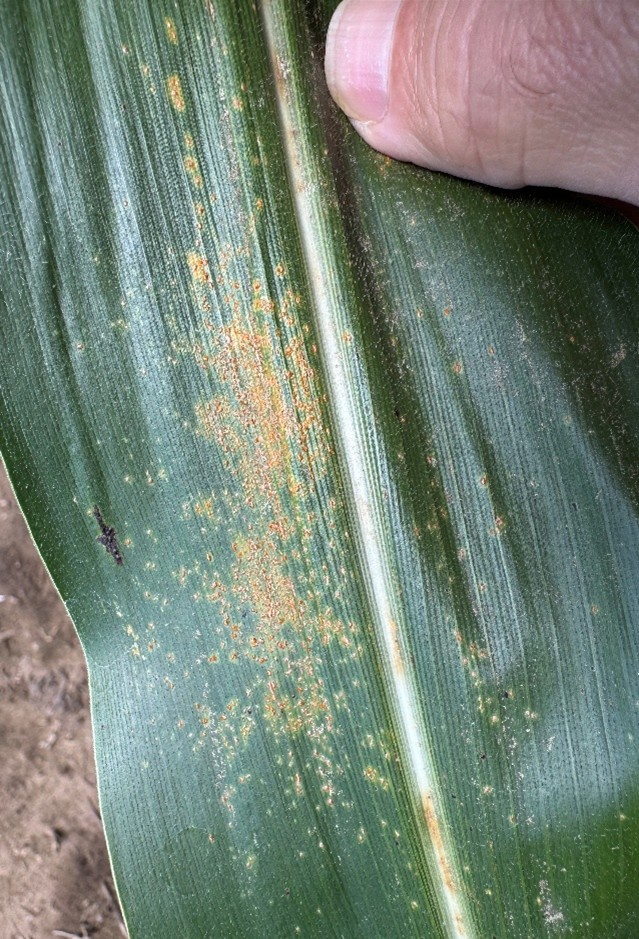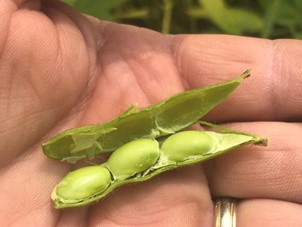Pre-Harvest Sprouting and Falling Number

Summary Pre-harvest sprouting can be a concern if persistent rainfall events occur through to maturity and beyond. Pre-harvest sprouting can result in downgraded wheat at the elevator due to a low falling number. Pre-Harvest Sprouting Pre-harvest sprouting is the initiation of grain germination prior to harvest (Figure 1). When sprouting occurs, alpha-amylase is produced which […]



